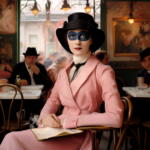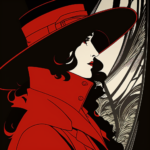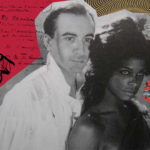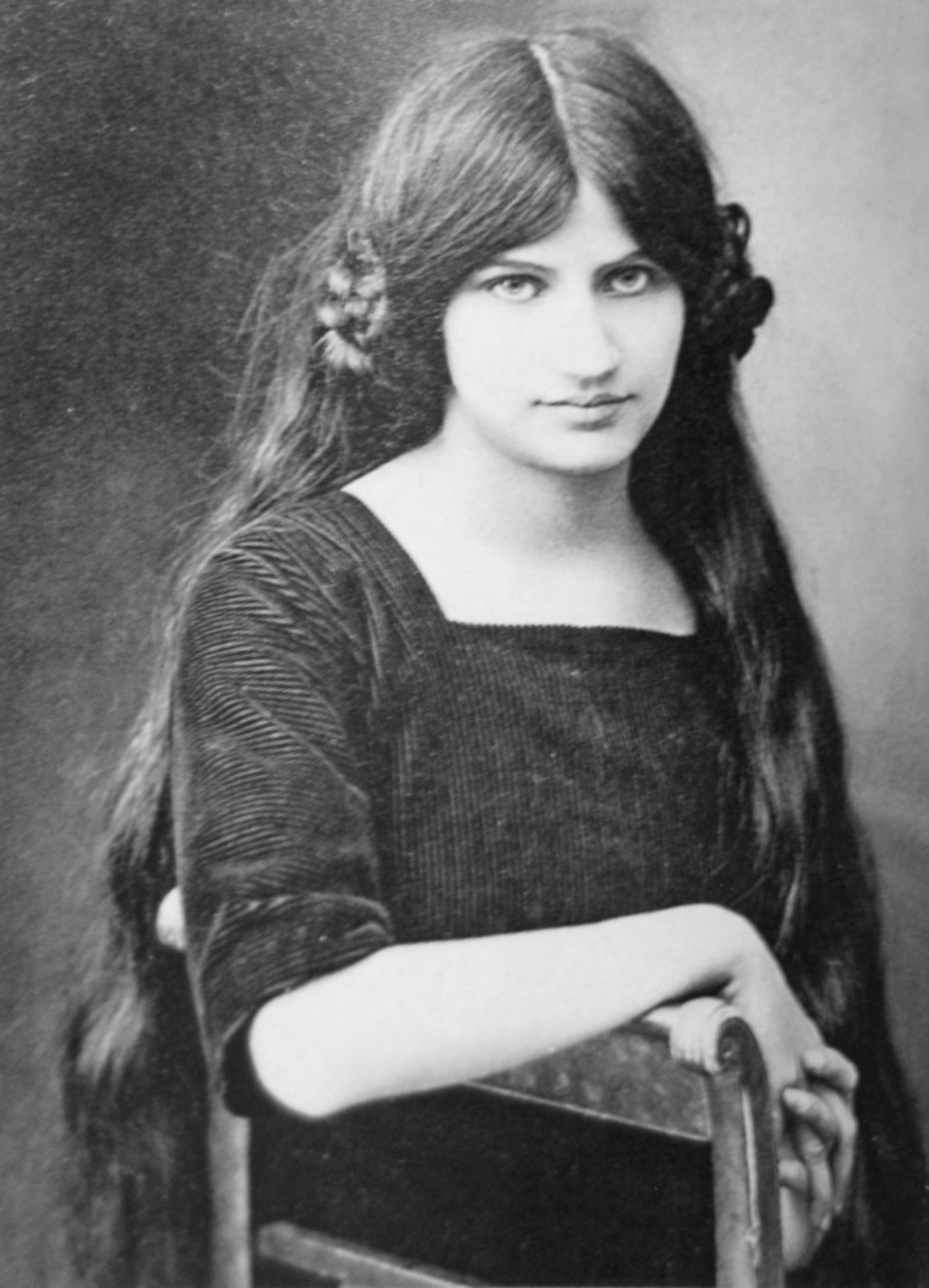
Jeanne was sixteen when she fell for Modigliani – the sexiest man in Montparnasse, fourteen years her senior. She conducted their relationship in secret, breezing back and forth from Modigliani’s studio to her parents’ apartment near the Place de la Contrescarpe. Jeanne is chiefly remembered as Modigliani’s muse, model, companion. Memoirs written by their friends portray her as moody, taciturn, clinging, jealous. Some biographers dismiss her as an art student of no special talent or just one among many of Modigliani’s women. What is not generally known about Jeanne Hébuterne is that she too was an artist of considerable promise, whose work blossomed in her time with Modigliani. It’s only in the last twenty years that we have come to know anything about her artistic aspirations, because her work was not available to public view until the year 2000.
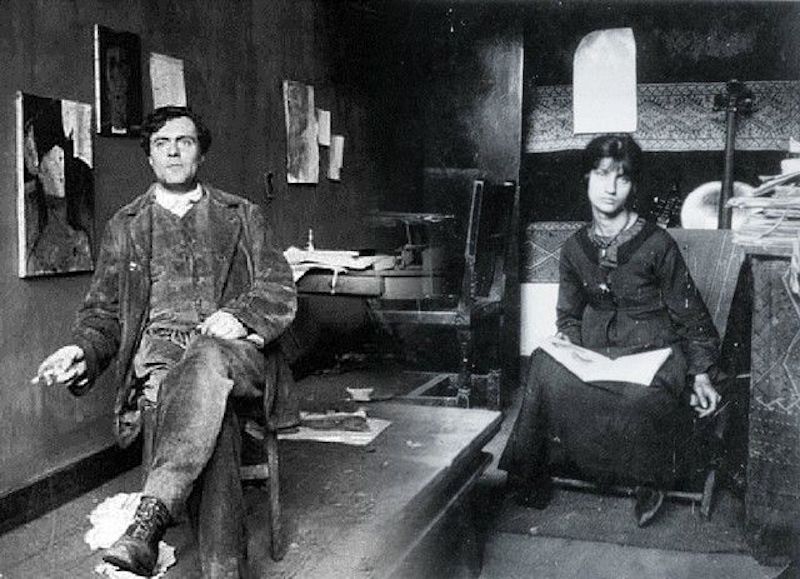

Modigliani, ill with TB and debilitated by alcohol, died of meningitis on January 24,1920. Two days later, unable to face life without him, Jeanne fell backwards out a window at the age of twenty-one. They were survived by a daughter, Jeanne Modigliani. Their joint tomb has become a shrine for lovers, artists, and dreamers.
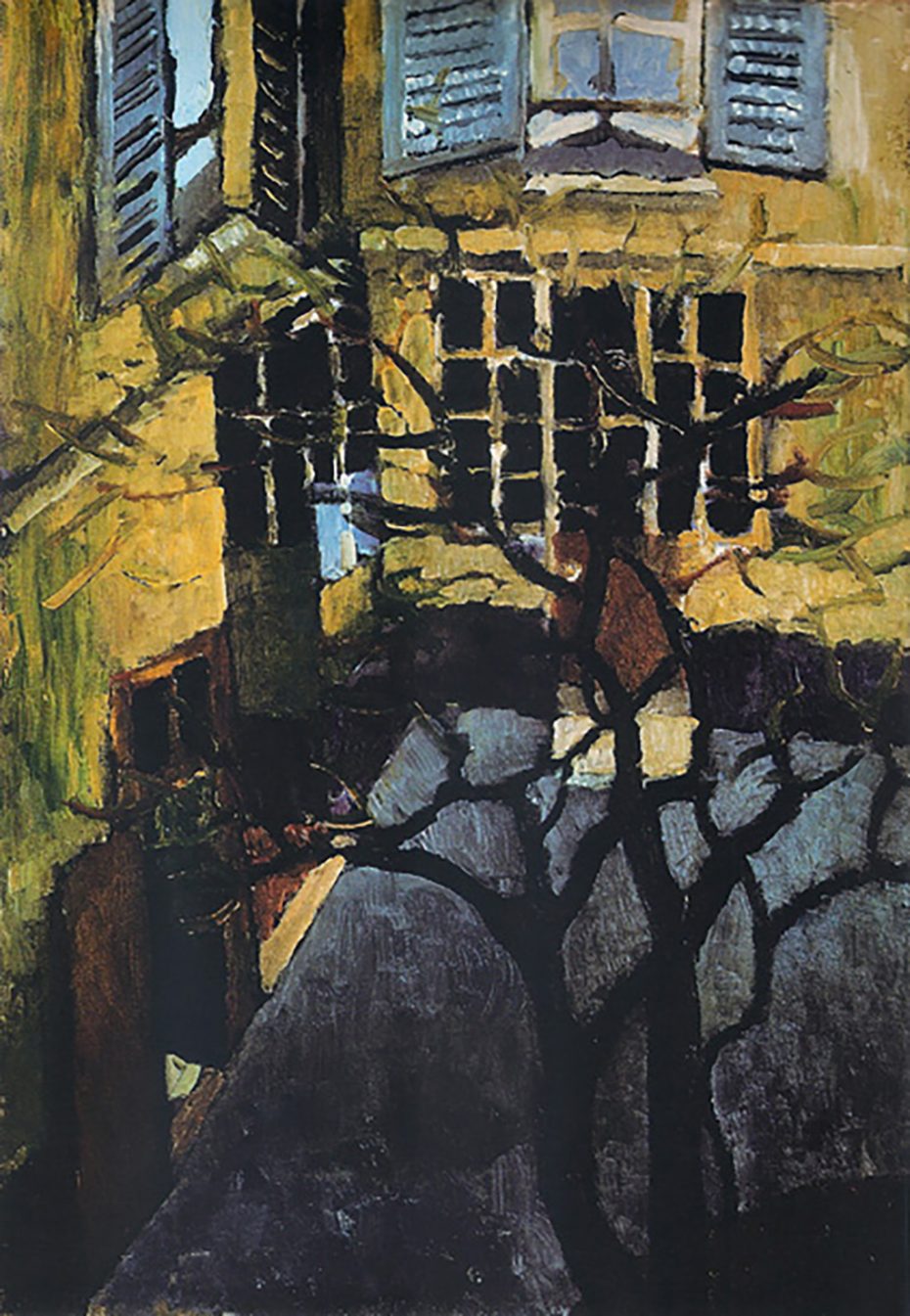
After Jeanne’s demise, her artwork was collected by her brother, André, and locked away until he died. As her sketchbooks gathered dust, Jeanne Hébuterne’s identity as an artist was erased from public knowledge. But there was someone who desperately wanted to know more: her daughter.
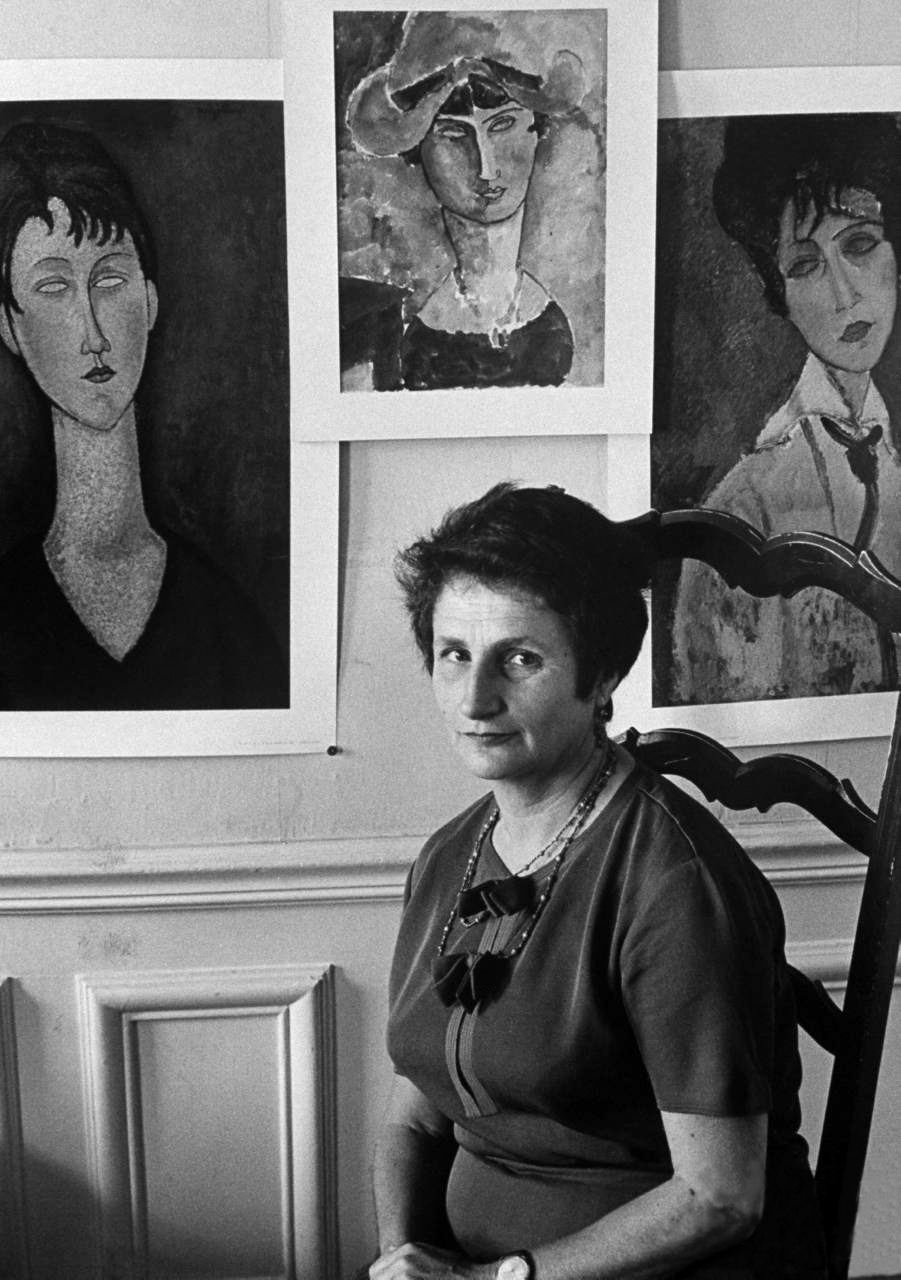
Throughout her life, Jeanne Modigliani tried to reconstruct her parents’ lives. Among her discoveries was a carnet of her mother’s drawings, still owned by her uncle’s family.
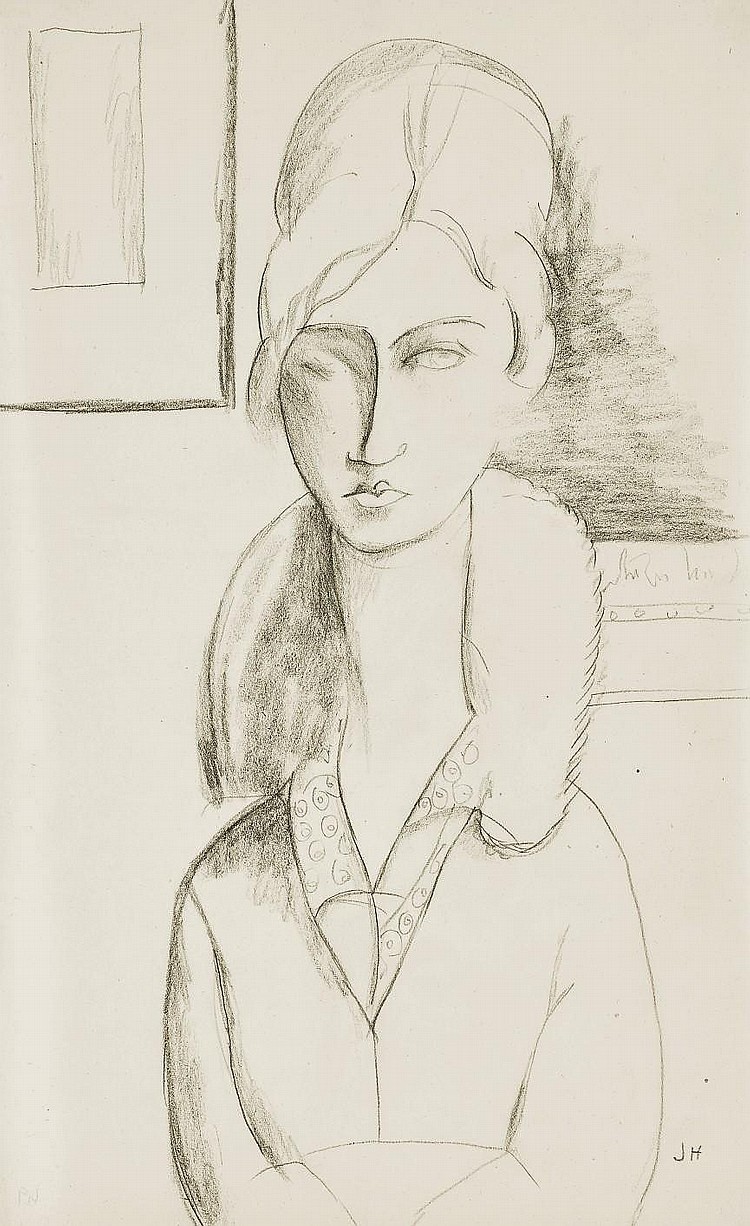
In Venice in 2000, writer Linda Lappin stumbled upon a show of these drawings, which the Hébuterne family had agreed to exhibit for the first time in 80 years. The sketches celebrated Jeanne’s multiple selves: devoted daughter and sister; sensual lover; attentive transcriber of female bodies and women’s daily lives; fearless observer of illness and death. Modigliani never painted Jeanne nude – but Jeanne had no qualms about drawing herself nude in eye-opening poses. She owned her body in full. Her treatment of the nude is particularly bold if we consider that just ten years earlier, women were banned from drawing nude models in French art academies. The show also included sketches of Modigliani near death, lacerating testimonies of their imminent end.
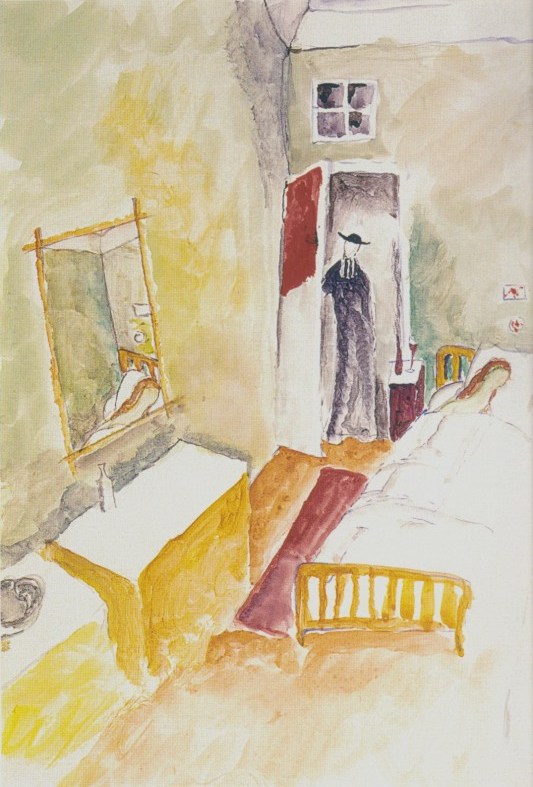
Jeanne’s artwork teases us with questions about who she really was: a self-effacing victim, or a gifted artist with a mind of her own? A rebel who defied her family, flaunting her sexuality with voluptuous self-portraits? A dutiful daughter who suffered for her parents’ rejection of her lifestyle? Over time, myths have accumulated around Jeanne Hébuterne like mother-of-pearl.
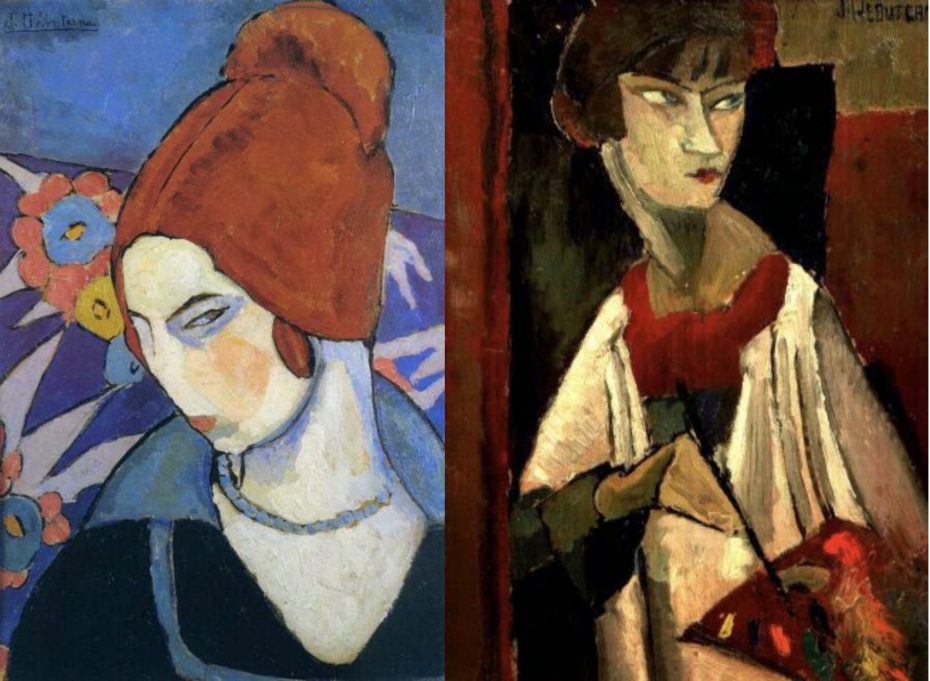
She left no letters, diaries, or words of her own that have been published–only these sketches and a handful of paintings, all privately owned. There are reports of letters and a diary, however, never rendered accessible.
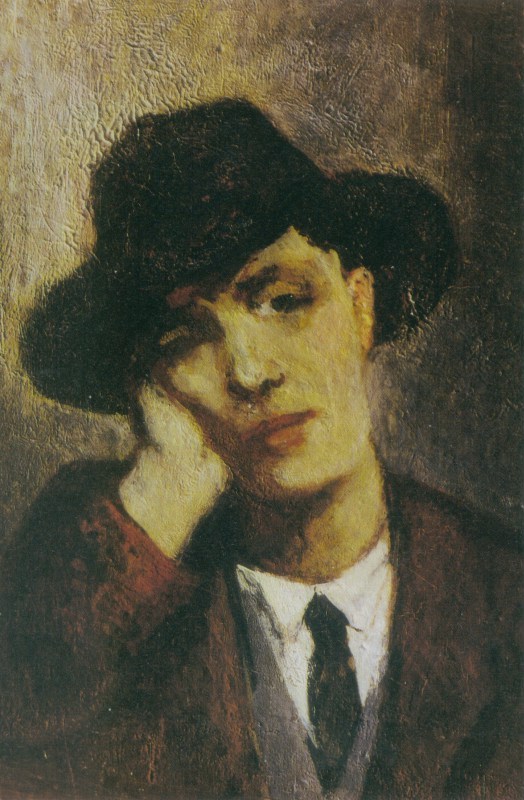
Upon seeing this show, Linda was instantly captivated by Jeanne Hébuterne’s multifaceted personality and her resurrection from oblivion. In Jeanne, she found an icon representing not only her era – but all those women trying to fit the puzzle of themselves together: mother, daughter, lover, artist – while dealing with a partner suffering from illness and addiction. Her life ended tragically because she lacked the support she might have found in our times. Yet she strove to make art her life, and to make her life art in a way that speaks to us vividly today.

Linda set out to write her story in Loving Modigliani: The Afterlife of Jeanne Hébuterne, a novel published in December 2020. It began as a diary in first person, but she ran into a wall. Linda found she couldn’t write the ending because the protagonist dies so cruelly. She was reluctant to write a tragedy because despite all the pain, convinced that there was joy to be found in Jeanne’s life: in her art, in loving Modigliani, in being at the centre of an explosive moment in the history of art. Linda was also intrigued by her transformation from an unknown “art student” to an avatar of Montparnasse.
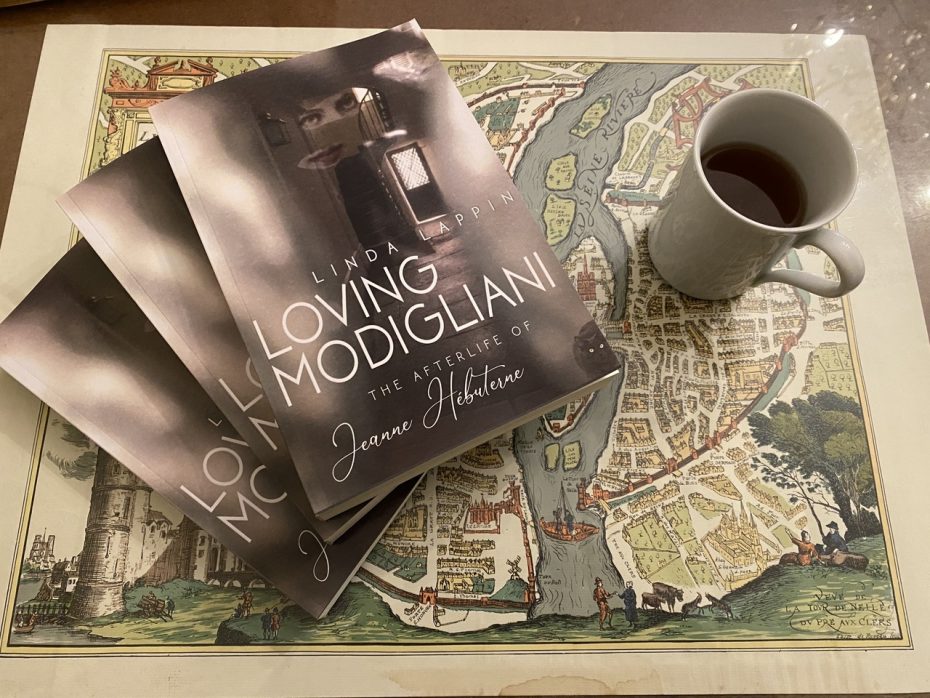
So Linda thought, why not begin telling the story after the tragedy occurs through the eyes of Jeanne’s ghost, and so a thoroughly-researched historical novel became a fantasy. The novel winds along three timelines as Jeanne journeys through the afterlife, searching for Modigliani, while in our own era, an art history scholar discovers Jeanne’s missing diary and a museum curator brings Jeanne’s long lost works before the public eye. Loving Modigliani is also a love letter to Paris, a deep-mapping of the sensations, sounds, scents of the city overlayed across a century. An important part of her research entailed wandering around Montparnasse, guessing at what took place hidden within those walls, seeking sparks of Jeanne and Modì’s presence in hopes of rekindling their lives.


